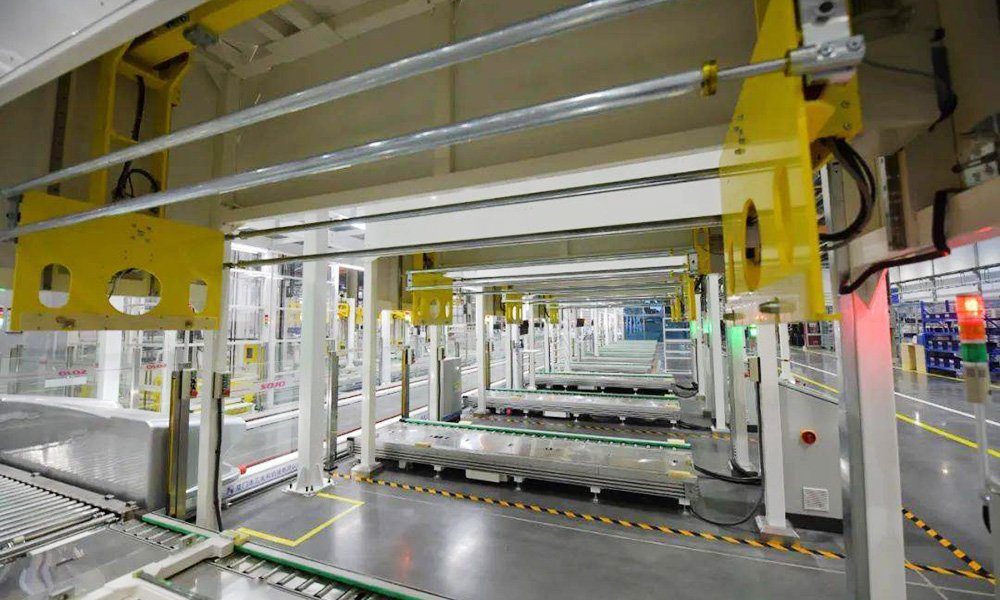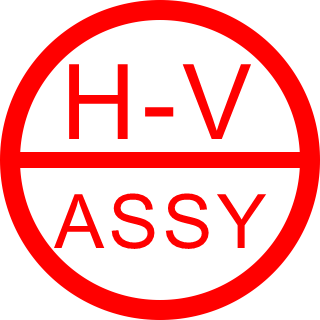Ring Main Unit (RMU) Component Assembly Automation Equipment

RMU Component Assembly
- Component Preparation:
- All required components are prepared according to design drawings and specifications, including but not limited to circuit breakers, load switches, grounding switches, insulating busbars, and cable connectors.
- Ensure that the dimensions and shapes of all components meet design standards for precise assembly and compatibility.
- Assembly Process:
- Assembly typically begins with the basic framework, progressively installing various functional units such as the switchgear chamber, fuse chamber, and operating mechanism chamber.
- During assembly, it is necessary to ensure that all connection points are secure and that all electrical connections comply with electrical codes and safety standards.
- Quality Control:
- Multiple checks are conducted during the assembly process to ensure the correct installation and proper functioning of each component.
- Special high-voltage and operational performance tests are required for critical components, such as vacuum circuit breakers and load switches, to verify their reliability and safety.
Automation Equipment
- Automated Assembly Line:
- The use of an automated assembly line can increase production efficiency and assembly quality while reducing human errors.
- Automation equipment includes automatic feeding systems, robotic arms, automatic welding machines, and automatic screw machines, which can precisely perform component handling, positioning, assembly, and welding.
- Integrated Control System:
- Automated assembly lines are usually equipped with an integrated control system that monitors the assembly process in real-time, ensuring that each step is executed accurately according to the predetermined program.
- The control system can seamlessly interface with Enterprise Resource Planning (ERP) systems and Manufacturing Execution Systems (MES), enabling real-time data collection and analysis to optimize production processes.
- Safety and Maintenance:
- Regular maintenance of the automated assembly line is necessary to ensure stable operation and production safety.
- Safety measures include emergency stop buttons, safety barriers, and photoelectric safety sensors to protect the safety of operators and equipment.
